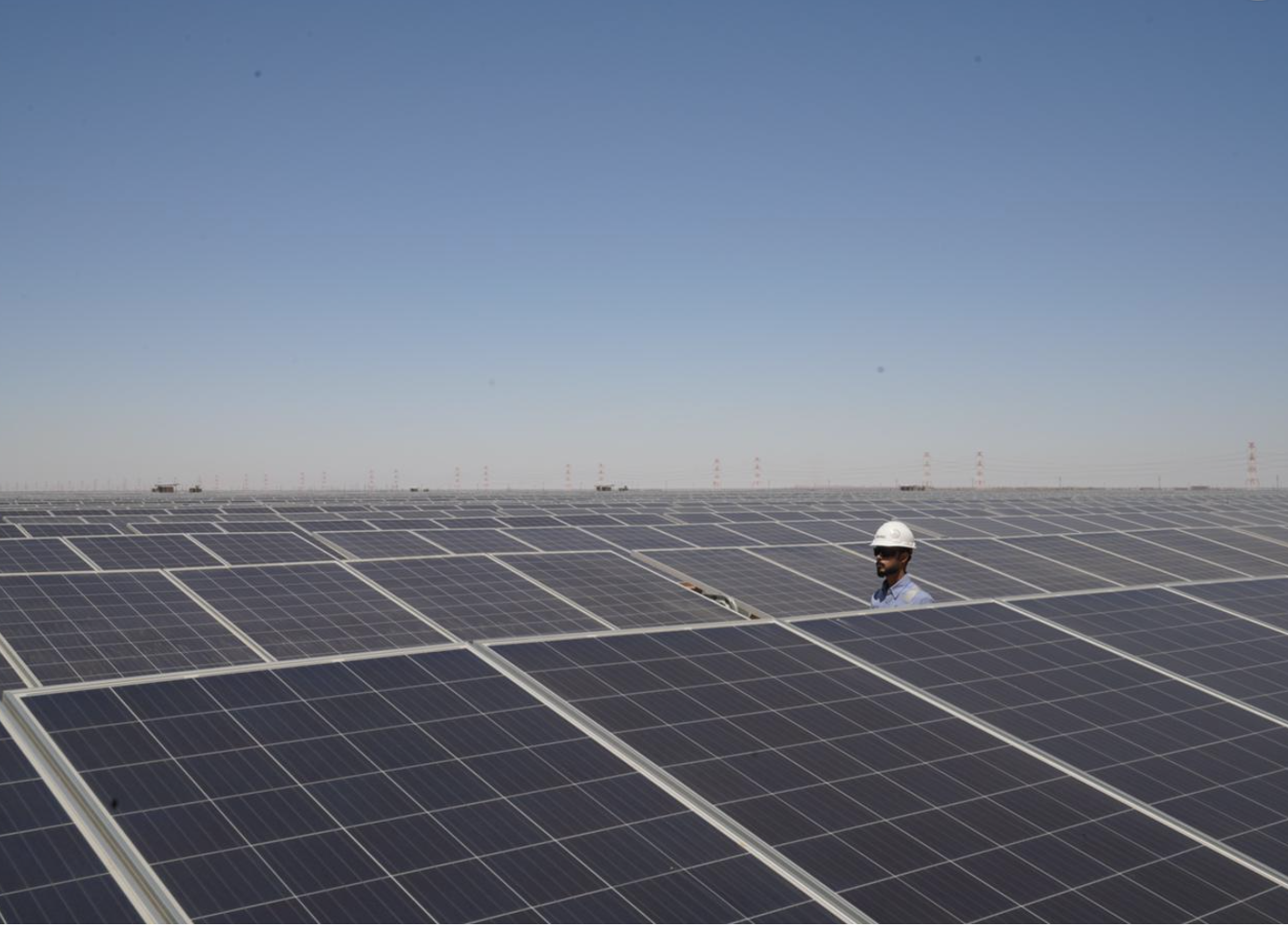Saudi Arabia’s Ministry of Energy is building two renewable energy plants on land plots with a total area of 12 million square meters (4.6 square miles) to generate 600mw of energy, according to Zawya via the Saudi Press Agency.
The two announced plans fit into the Kingdom’s ongoing solar and renewable power ambitions. Saudi Arabia has a stated goal of achieving 50% of its domestic power supply from renewable energy by 2030.
The plants will have a capacity of 600 megawatts and will be implemented in the Third Industrial City in Jeddah and the Industrial City in Rabigh, through the Saudi Authority for Industrial Cities and Technology Zones MODON.
The combined output of the two announced plants will double the output of the Sakaka solar power plant, which is a 300MW photovoltaic (PV) solar project located in Sakaka City, Al Jouf Province, Saudi Arabia. It was commissioned in April 2021.
The announcement comes on the heels of a recent financial close of another Saudi renewable energy project, a consortium led by developer ACWA Power, and joined by Aramco, for the 1,500-megawatt Sudair solar plant, which is set to be the world’s largest single-contracted solar photovoltaic plant. Aramco, through a unit called The Saudi Aramco Power Company (SAPCO, will hold a 30% stake in the Sudair solar project. ACWA and partner Water & Electricity Holding Co. will each own 35%. ACWA, itself 50% owned by the Saudi sovereign wealth fund, said it had reached financial close with lenders on the 1.5 gigawatt project.
With an investment value of SAR 3.4 billion (US$906 million), the Sudair project will be constructed in Sudair Industrial City and feature bifacial PV modules and trackers. Sudair Industrial City is located between Riyadh and Al Majmaah, 155 km from the Saudi capital.
Many areas of Saudi Arabia receive over 3,000 hours of full sunlight per year, making the Kingdom an ideal place for solar power investment.
The recent release of the U.N.’s IPCC Climate Change 2021 report emphasized the need for all nations to reduce their carbon footprint urgently to fight the consequences of a warming planet. Saudi Arabia also has a financial incentive to go solar: the Kingdom currently uses liquid fuels to meet much of its domestic power needs.









